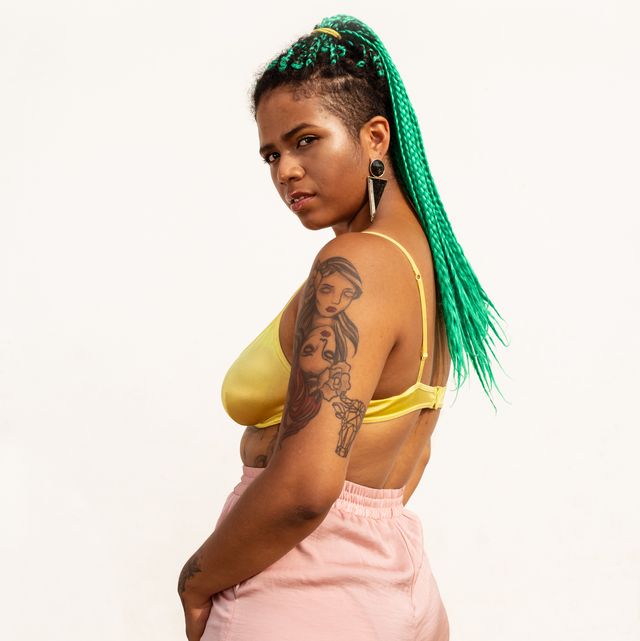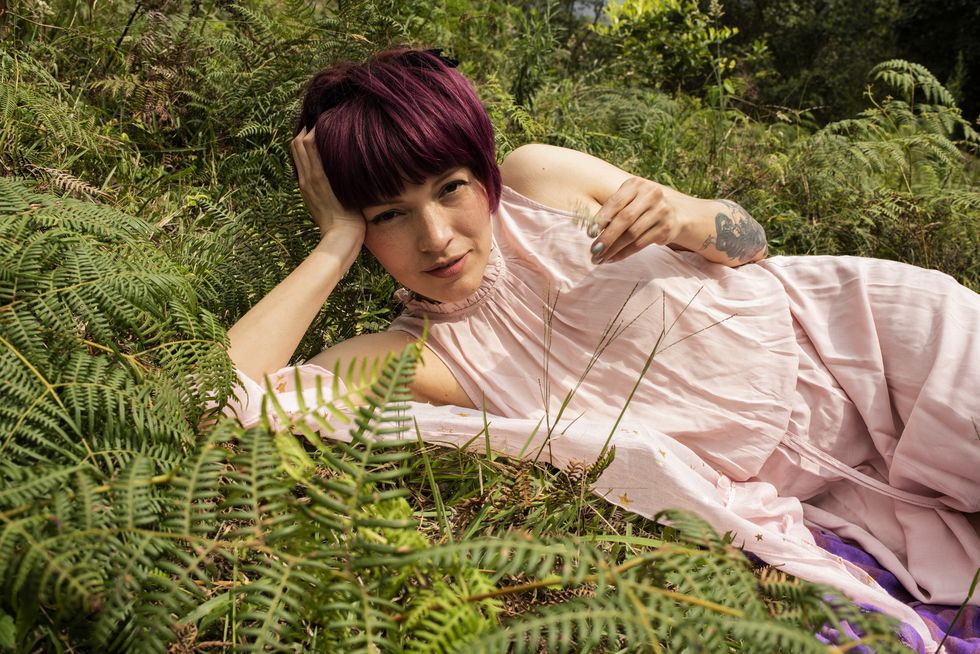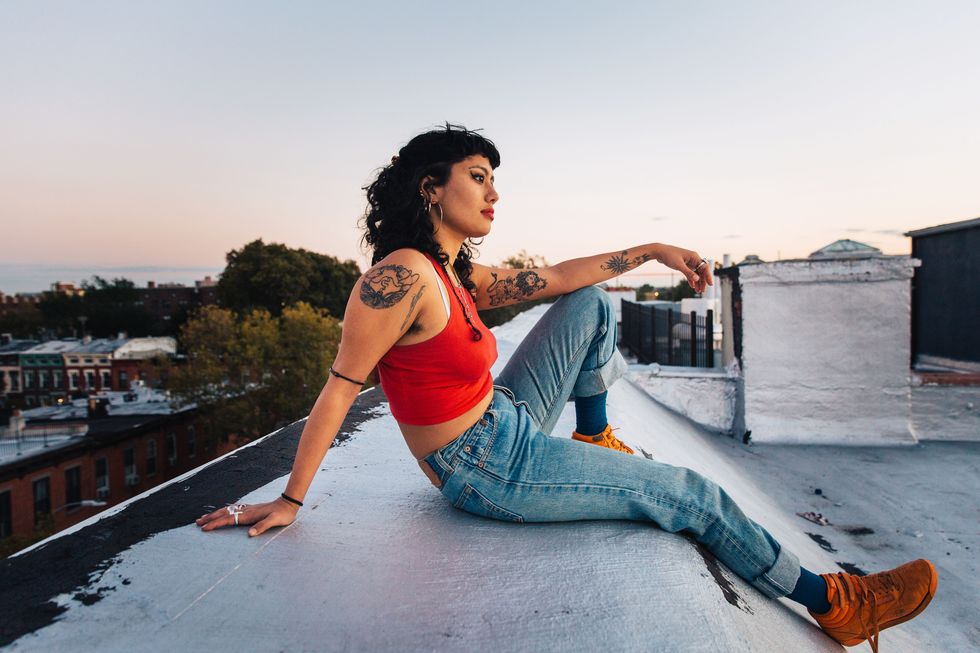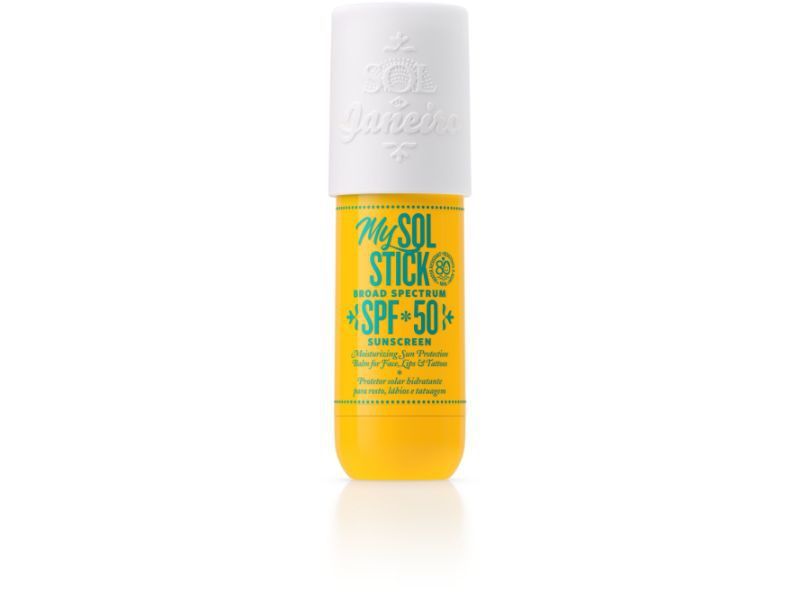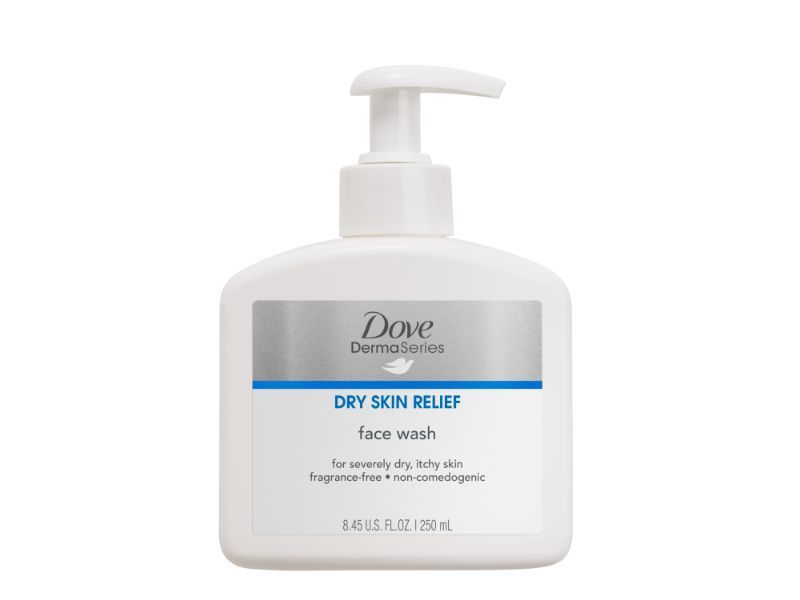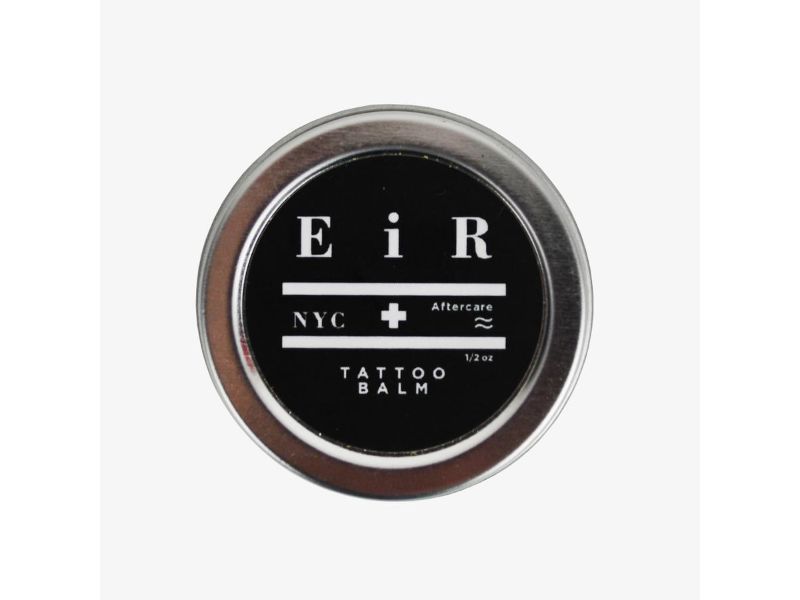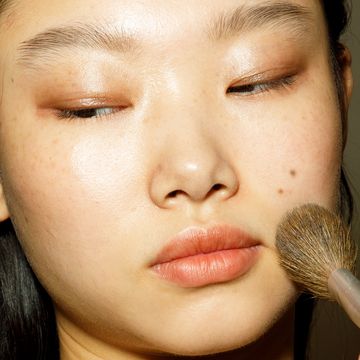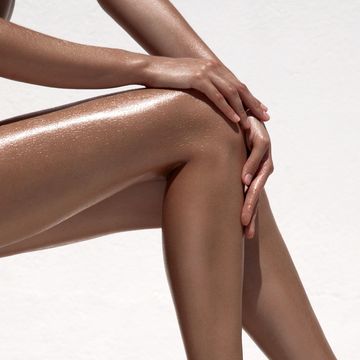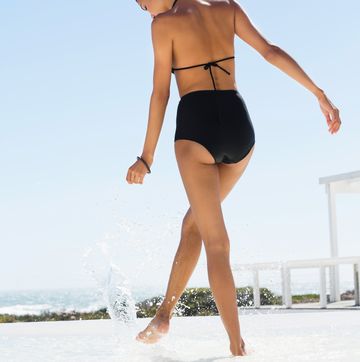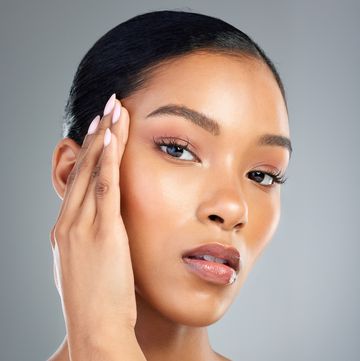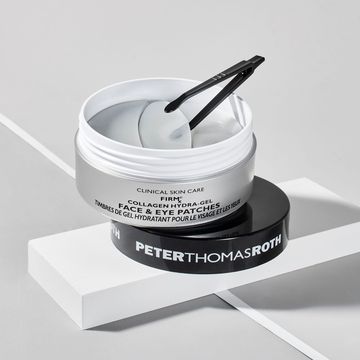From the tiny envelope inked on my nape to the tube of lipstick above my right ankle, I have 15 tattoos in total. At least, I’m pretty sure I do. I’m starting to lose count. As a writer, I blame my body art obsession on my natural inclination to tell stories. When something interesting happens, I use it as the inspiration for a pitch...and then for a tattoo.
I teamed up with my childhood best friend to get my first one: To celebrate our eighteenth birthdays, we each got one side of a set of curly brackets (I got the left side, and she got the right). The day after Donald Trump won the 2016 election, I walked the two blocks to my neighborhood parlor and asked for the letters “G-R-R-R-L” on the back of my left upper arm, eager to express my womanly rage. And though I loathed growing up in the South at the time, my most recent ink of peaches is an homage to my home state of Georgia. (You know what absence does.)
My mother hates every single one of them, especially the stereotypical heart above my right elbow that reads “Mom.” But these days, she would be harder pressed to find company: According to the 2015 Harris Poll, nearly half of U.S. millennials have at least one tattoo. Parents—a whopping 71 percent of them—are comfortable with visible tattoos on their child’s primary teacher or pediatrician. There are even tattoo-specific moisturizers in the drugstore aisle. And thanks to Project #ShowUs, a recent collaboration between beauty brand Dove, the female-focused photography network Girlgaze, and the world-famous photo distributor Getty Images, the stock-image world has been injected with a huge spectrum of inked real women—giving media outlets access to photos that represent the now.
The tattoo acceptance trend is so pervasive it’s finally reaching the most traditionally conservative spaces. Last year, MJ Hegar, an air force veteran, proudly showed her upper-arm cherry blossom design as part of her campaign for the U.S. House of Representatives in Texas’s Thirty-First Congressional District. And former Colorado lieutenant governor Donna Lynne had “Fight for Colorado” tattooed on her arm during her run for the state’s highest office. In fact, tats are bipartisan: The same Harris Poll found that there’s little difference in the percentages of Republicans, Democrats, and Independents with ink. Meanwhile, Jack Dorsey the cofounder and CEO of Twitter and Square, has a forearm tattoo dedicated to math, and both Google and Amazon have ink-friendly employee policies.
Then again, one of the main reasons tattoos were considered rebellious was because of their permanence, but they’re becoming increasingly less so, thanks to new lasers that remove them more thoroughly than ever. “One of the best advancements is the picosecond laser,” says dermatologist Deanne Mraz Robinson, MD, assistant clinical professor of dermatology at Yale New Haven Hospital. “It delivers energy in a trillionth of a second to target and shatter the ink. Once it’s broken down into microscopic particles, the body’s immune system naturally eliminates them.” It’s not foolproof (scarring and pigmentation changes are possible side effects), and some say the lasers are even more painful than getting tattooed, but new technologies are in the works.
Dermatologist Jeremy Brauer, MD, clinical associate professor at the Ronald O. Perelman Department of Dermatology at New York University, says the use of acoustic shock-wave therapy in conjunction with picosecond lasers is under investigation to remove tattoos with fewer sessions (the picosecond laser requires six to eight on average) and less trauma to the skin. Sure, I’d prefer not to shell out up to $500 per session to have a tattoo removed. But should I one day decide that the portrait of my calico cat, Mr. Bigglesworth, on my shoulder isn’t a story I still want to tell, I’m glad to have the option in my back pocket.
Keep your tat vibrant long after you go under the needle with gentle, protective skin care.
This article originally appeared in the May 2019 issue of ELLE.
